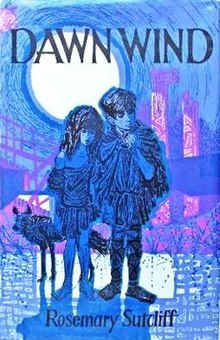
Rosemary Sutcliff was an English novelist best known for children's books, especially historical fiction and retellings of myths and legends. Although she was primarily a children's author, some of her novels were specifically written for adults. In a 1986 interview she said, "I would claim that my books are for children of all ages, from nine to ninety."
(Robert) Geoffrey Trease FRSL was a prolific British writer who published 113 books, mainly for children, between 1934 and 1997, starting with Bows Against the Barons and ending with Cloak for a Spy in 1997. His work has been translated into 20 languages. His grandfather was a historian, and was one of the main influences on his work. He is best known for the children's novel Cue for Treason (1940).
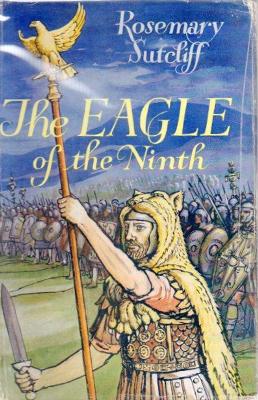
The Eagle of the Ninth is a historical adventure novel for children written by Rosemary Sutcliff and published in 1954. The story is set in Roman Britain in the 2nd century AD, after the building of Hadrian's Wall.

The Lantern Bearers is a historical novel for children by Rosemary Sutcliff, first published by Oxford in 1959 with illustrations by Charles Keeping. Set in Roman Britain during the 5th century, it is the story of a British Roman's life after the final withdrawal of Roman troops. Sutcliff won the annual Carnegie Medal from the Library Association, recognising the year's best children's book by a British subject.
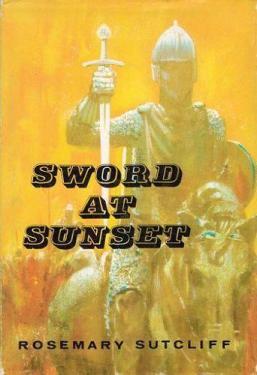
Sword at Sunset is a best-selling 1963 novel by Rosemary Sutcliff. One of her few historical novels written specifically for adults, it is her interpretation of the legend of King Arthur.
Outcast or Outcasts may refer to:

The Winter King: A Novel of Arthur is the first novel of the Warlord Chronicles trilogy by Bernard Cornwell, originally published in the UK in 1995 by Penguin Group. The book is based on characters and plot elements from Arthurian myth, but considerably changed and re-worked.
The Battle of Catraeth was fought around AD 600 between a force raised by the Gododdin, a Brythonic people of the Hen Ogledd or "Old North" of Britain, and the Angles of Bernicia and Deira. It was evidently an assault by the Gododdin party on the Angle stronghold of Catraeth, perhaps Catterick, North Yorkshire. The Gododdin force was said to have consisted of warriors from all over the Hen Ogledd, and even some from as far afield as Gwynedd in North Wales and Pictland. The battle was disastrous for the Britons, who were nearly all killed. The slain warriors were commemorated in the important early poem Y Gododdin, attributed to Aneirin.

The Armourer's House is a children's historical novel by Rosemary Sutcliff and first published in 1951.
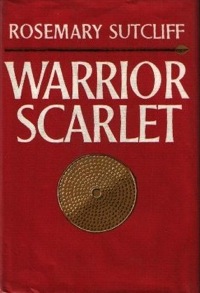
Warrior Scarlet is an historical adventure novel for children by Rosemary Sutcliff, illustrated by Charles Keeping and first published in 1958. It is set in Bronze Age Britain, approximately 900 BCE, and takes place in and around the South Downs in England.
William II of England has been depicted in various cultural media.

Fair Stood the Wind for France is a novel written by English author H. E. Bates. The novel was first published in 1944 and was Bates's first financial success. The title comes from the first line of "Agincourt", a poem by Michael Drayton (1563–1631).
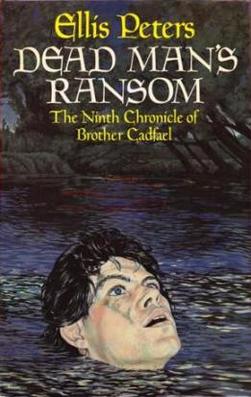
Dead Man's Ransom is a medieval mystery novel by Ellis Peters, first of four novels set in the disruptive year of 1141. It is the ninth in the Cadfael Chronicles, and was first published in 1984.
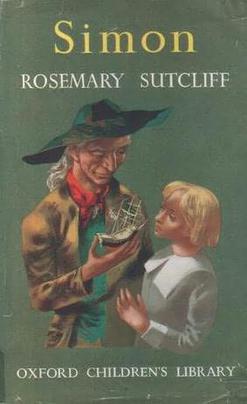
Simon is a children's historical novel written by Rosemary Sutcliff, first published in 1953. It is set during the First English Civil War, primarily focusing on the final campaign of 1645-1646 in the West Country and shows the effect of the conflict on two friends, who find themselves on opposite sides.
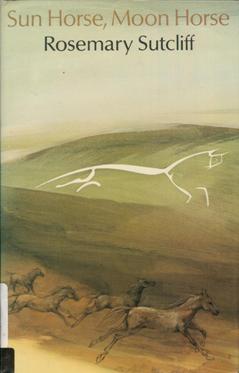
Sun Horse, Moon Horse is a historical novel for children written by Rosemary Sutcliff and published in 1977.
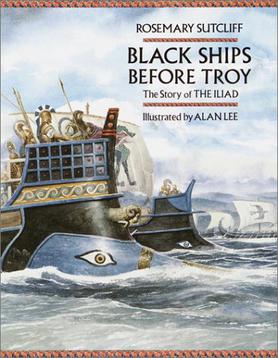
Black Ships Before Troy: The story of the Iliad is a novel for children written by Rosemary Sutcliff, illustrated by Alan Lee, and published (posthumously) by Frances Lincoln in 1993. Partly based on the Iliad, the book retells the story of the Trojan War, from the birth of Paris to the building of the Trojan Horse. For his part Lee won the annual Kate Greenaway Medal from the Library Association, recognizing the year's best children's book illustration by a British subject.

The Mark of the Horse Lord is a 1965 historical novel for children written by Rosemary Sutcliff. It won the first Phoenix Award in 1985.

The Shield Ring is a historical novel for children written by Rosemary Sutcliff and published in 1956. It is the last in a sequence of novels, chronologically started with The Eagle of the Ninth, loosely tracing a family of the Roman Empire, then Britain, and finally Norse-Britain, who inherit an emerald seal ring bearing the insignia of a dolphin.
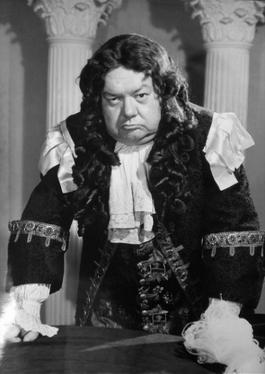
Robert Forbes Felton, known professionally as Felix Felton, was a British film, television, stage and voice actor as well as a radio director, composer and author.

Knight's Fee is a children's historical novel written by Rosemary Sutcliff, first published in 1960. It is set in and around the South Downs in England, near the towns of Steyning and Arundel in West Sussex and covers the period 1094–1106, some 30–40 years after the Norman conquest of England in 1066.
